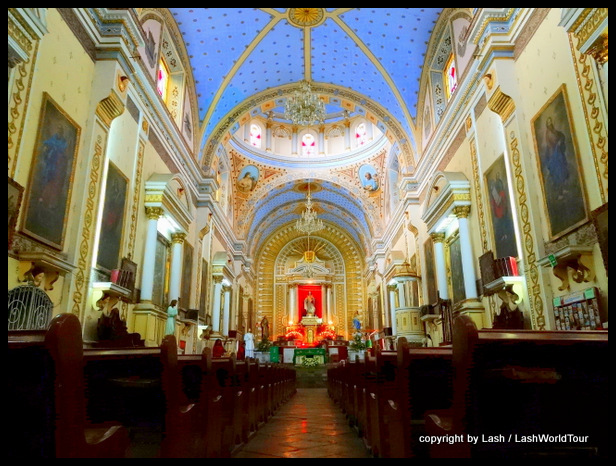
One of many Barroque Churches in Puebla – Mexico – built in 1500s
Busting American Myths About Mexico
Growing up in the United States, the only things I’d ever heard about Mexico were negative. Mexico was continuously and repeatedly portrayed by the media and US government as poor, dirty and dangerous, a developing country lacking modern conveniences, sophistication or wealth. Mexico was also portrayed as entirely hot and dry vast deserts full of tall cacti and dusty, impoverished villages.
I’ll bet to this day that’s still the image most Americans hold of our southern neighbor. (How about you?)
This image of Mexico was so ingrained in me from childhood that when I arrived in Mexico for the first time in January of this year, even after having traveled for more than 18 years, largely in developing countries, and having already seen the fallacies of US anti-countries propaganda around the world, even with all that experience under my belt, when I crossed the land border into Mexico from Belize, I was a bit nervous and unsure of my safety or what I could possibly find of interest in the country.
Instead I was immediately surprised, shocked even, when I crossed the Mexican border and instantly discovered myself in a very modern, developed, clean, friendly, safe and bustling country. Read in more depth about My First Impressions of Mexico here.
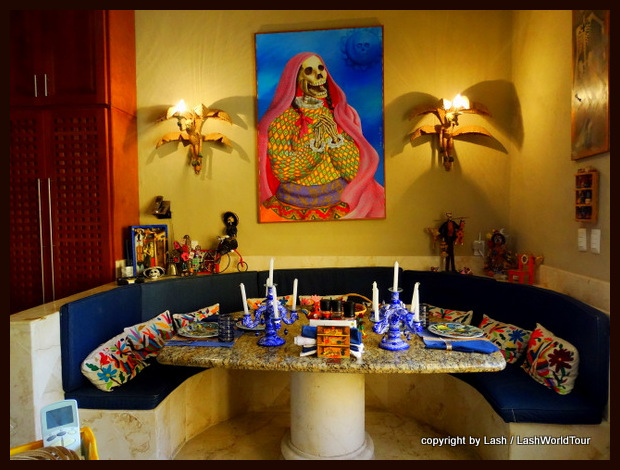
Casa de los Venados – Valladolid – Mexico
As I traveled around Yucatan Peninsula over the next three months I quickly discovered one wonderful place after another. Beautiful and diverse nature. Gorgeously renovated colonial towns. Mayan ruins. Modern shopping malls, cinemas and the latest designer stores. I’ve detailed 34 Things I Love About Yucatan in this article.
Yucatan wasn’t dirty. Or dangerous. Or dull. It was absolutely wonderful. Obviously I’d been brain-washed about a false Mexico that didn’t really exist. In fact, Yucatan was so fantastic that I cynically began believing that the real reason for all the negative US propaganda again Mexico was that if Americans found out how utterly wonderful it was, there would be a massive exodus to down south of the US border!
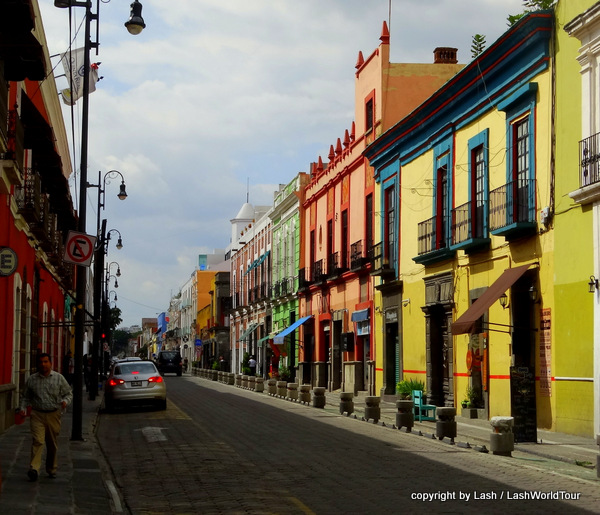
Puebla – Mexico – established in the early 1500s
But it wasn’t until I arrived in the Baroque city of Puebla, located in central Mexico just two hours southeast of Mexico City, that I finally realized just how utterly false the negative US propaganda has been, all along, throughout US history.
So to put to rest all those American media myths, let me put things into historical perspective with real facts about Mexico’s modern history and development. Hold on to your hats, folks, you’re about to be astounded. Here we go…
Mexico was colonized by Spain in the early 1500s. A blatantly important point here is that the Spanish colonization occurred nearly 100 years before the first pilgrims arrived in America in 1620.
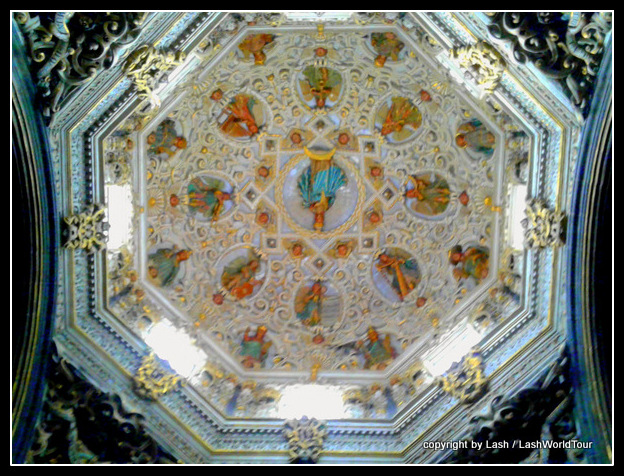
ceiling of Puebla Cathedral – early 1500s
Also important to note: in the 1500s Spain was at the peak of its international power, wealth and fame. As soon as they landed in Mexico they set about building hundreds of towns, cities, cathedrals and churches all over the country. To do so they poured in vast sums of wealth and introduced all the latest European architecture, church design, interior design, sculptures, paintings, furniture, city-planning techniques and fashions into Mexico.
Most of those grand towns and cities were completed in the early to mid 1500s. Others were further developed or established in the 1600s and 1700s. In other words, the Spanish continued developing Mexico over the next three centuries.
They established several particularly grand cities in central Mexico in the early 1500s, including Mexico City, Cuernavaca, Puebla and Oaxaca. At the same time they built dozens and dozens of smaller towns all over the country.
Puebla was so grand that it was known as The City of Angels and was famous throughout Europe as one of the most glorious cities in the world.
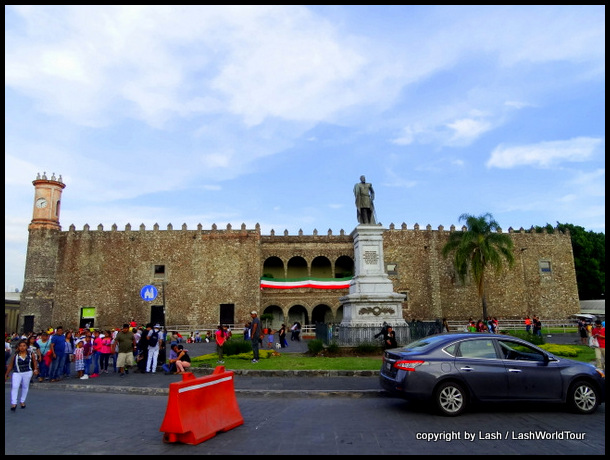
Spanish explorer Cortez’s fort-like home in Cuernavaca, 1500s
In nearby Cuernavaca, the great Spanish explorer, Cortez, established his palatial, fortress-like home. Maximilian also set up a luxurious home there where he regularly entertained European royalty, aristocracy and famous artists & musicians. Such dignitaries and wealthy Europeans continued visiting Cuernavaca for several centuries.
Now stop and think of the implications of this…
It means that nearly 100 years before the pilgrims even arrived in the Americans to begin their tough struggle of survival, just down south in Mexico all these glorious European-style cities were already thriving. As concrete examples, check out these sophisticated churches, buildings and cities, all built in the early-mid 1500s:
Are you shocked yet?
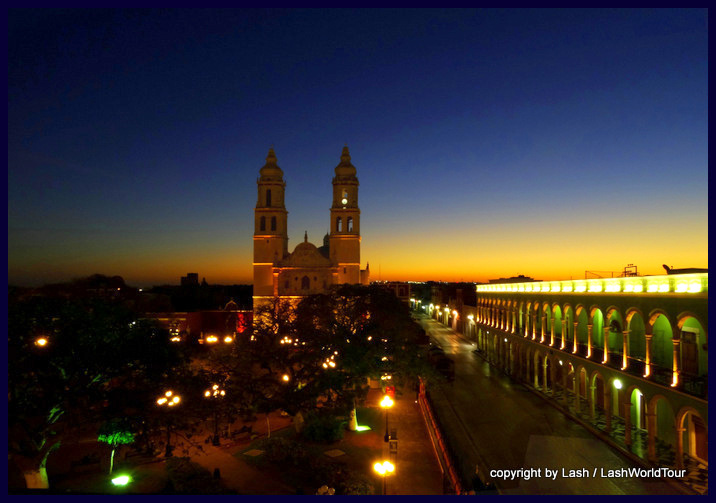
Campeche Main Plaza and cathedral at sunrise – built in the mid 1500s
Further consider:
One hundred years AFTER these world-class cities and architectural landmarks were already developed, up north in America in the 1620s the pilgrims started struggling along, barely surviving the cold, harsh winters. They were hacking down forests by hand to make fields and build simple, unsophisticated wood homes. Forget two and three story stone homes or soaring cathedrals until a century later.
Eventually, they began constructing comparatively humble towns and then cities, with infinitely simpler architecture and art. America’s first city of Boston didn’t even approach the grandeur of Puebla, Mexico until the mid-1700s, a full 200 years later!
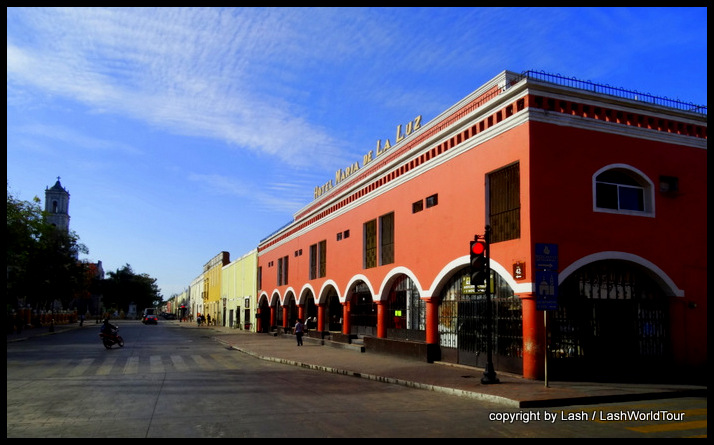
buildings lining the main plaza of Valladolid – established in the mid 1500s
The truth is that from the very start of the United States of America (in fact, well before that) Mexico was vastly more developed, wealthy, sophisticated and cultured.
And over the subsequent centuries from the 1600s-1900s, all those glorious Mexican cities, towns, churches & cathedrals, architecture and art were still there, thriving. It’s not like any of them disappeared or were destroyed or ceased to exist. No, they were all there, all along, throughout the rise and development of the United States.
Today all of Mexico’s grand European-style cities & cathedrals, colonial towns and pretty churches are still alive and well. Many have been fully restored to their former glory. And many have become UNESCO World Heritage Sites.
So now, you tell me which country has had more wealth, sophistication, culture and developed arts` over the past five centuries?
And if you still can’t believe that Mexico could be anything other than a poor, deprived, dirty and dangerous developing country, well then come on down and see for yourselves
.————————-
You might also enjoy:
My First Impressions of Mexico
—————————————————————————————————–

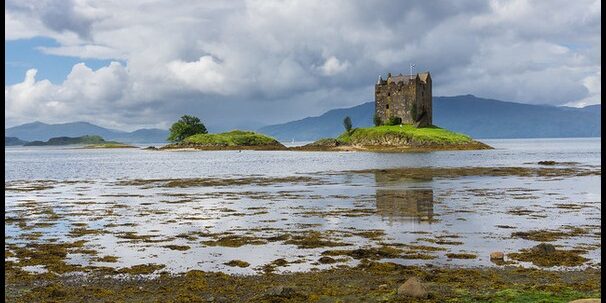
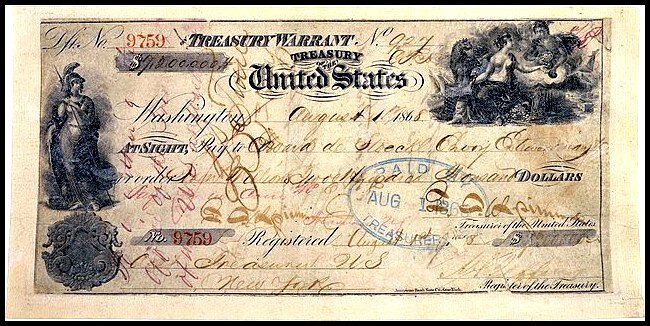






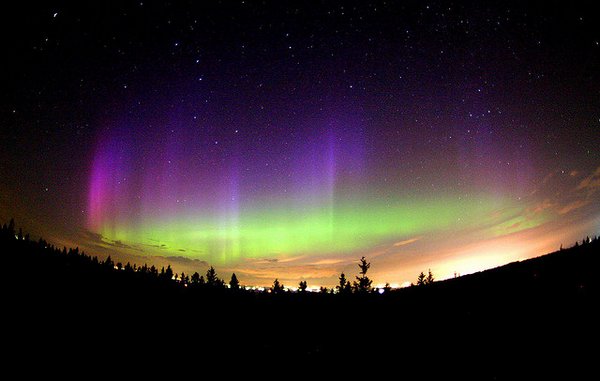


 Hi! I'm Lash, an American nomadic world traveler who's been traveling solo since 1998. I’m passionate about traveling the world nomadically and then sharing it all with you. I hope to inspire you to travel the world, to entertain you with tales from the road, and to help you reach your travel dreams. Welcome!
Hi! I'm Lash, an American nomadic world traveler who's been traveling solo since 1998. I’m passionate about traveling the world nomadically and then sharing it all with you. I hope to inspire you to travel the world, to entertain you with tales from the road, and to help you reach your travel dreams. Welcome! 




2 pings
October 2016 Monthly Roundup of Articles about Mexico - MEXcation
2016/11/01 at 10:20 pm (UTC 8) Link to this comment
[…] Busting American Myths About Mexico – World traveller Lash shares some first hand impressions of Mexico, and points out how Mexico is thought of and portrayed in the media. […]
October 2016 – Monthly Roundup of Articles about Mexico | MEXcation
2016/11/01 at 10:31 pm (UTC 8) Link to this comment
[…] Busting American Myths About Mexico – World traveller Lash shares some first hand impressions of Mexico, and points out how Mexico is thought of and portrayed in the media. […]